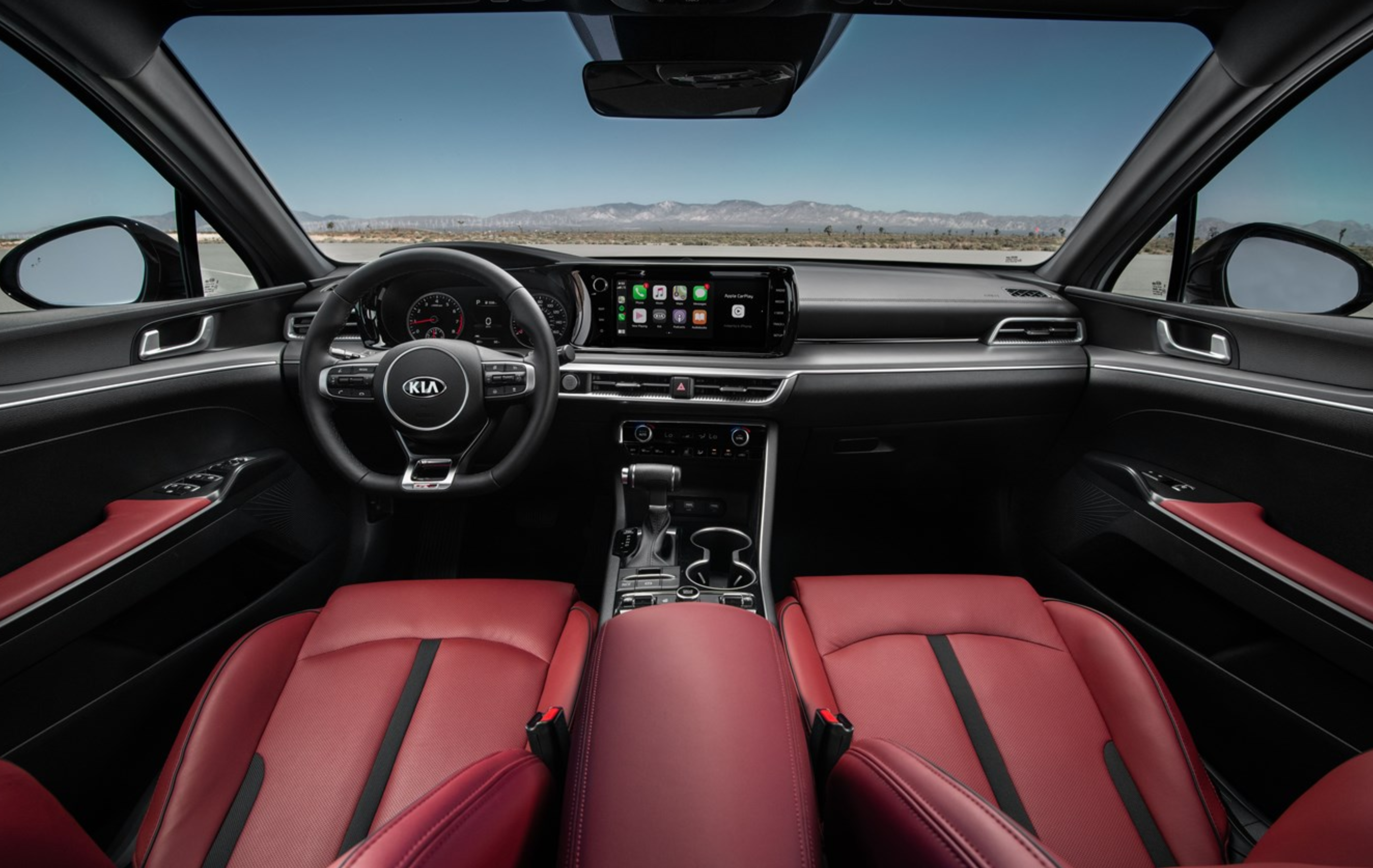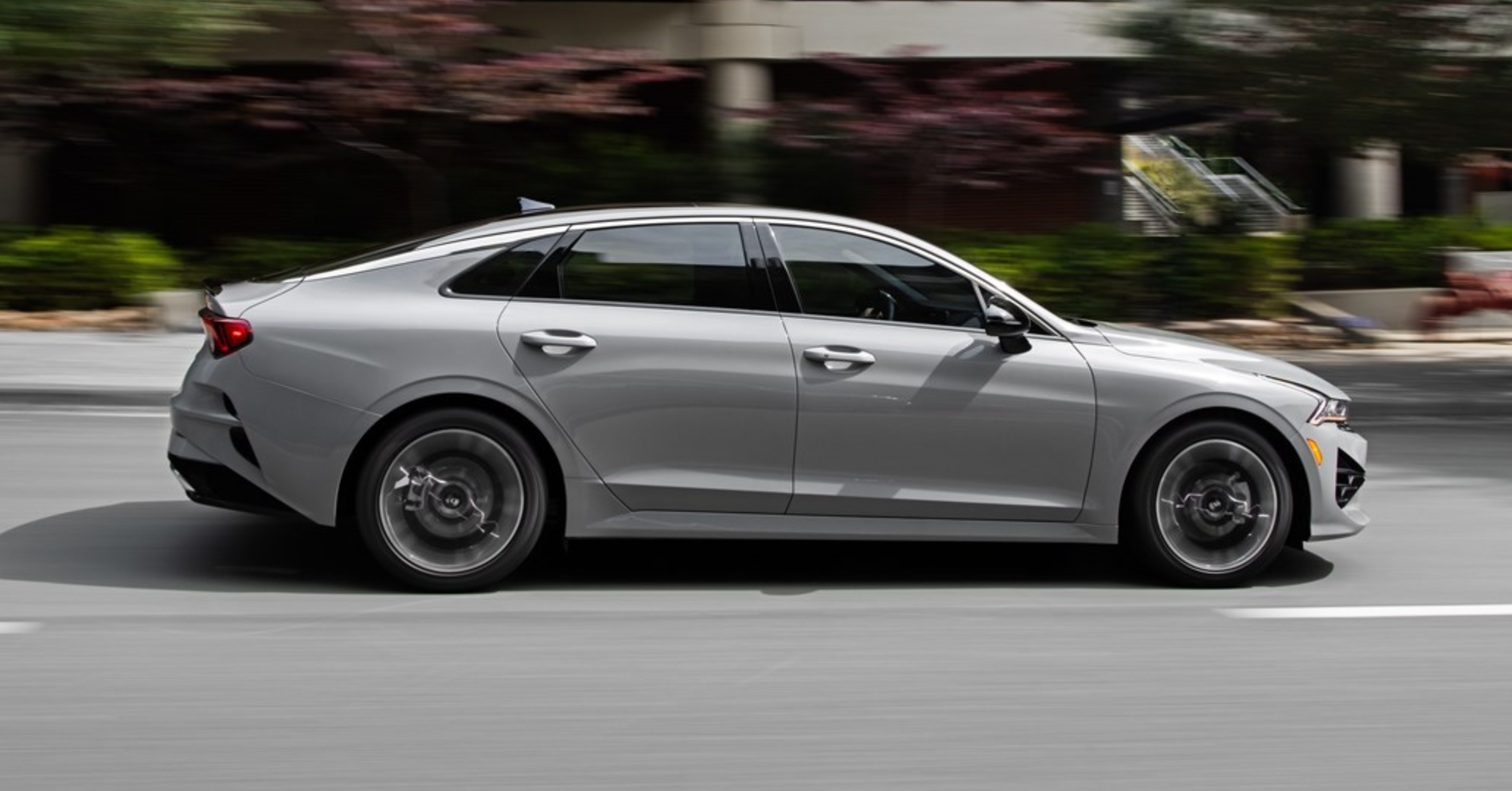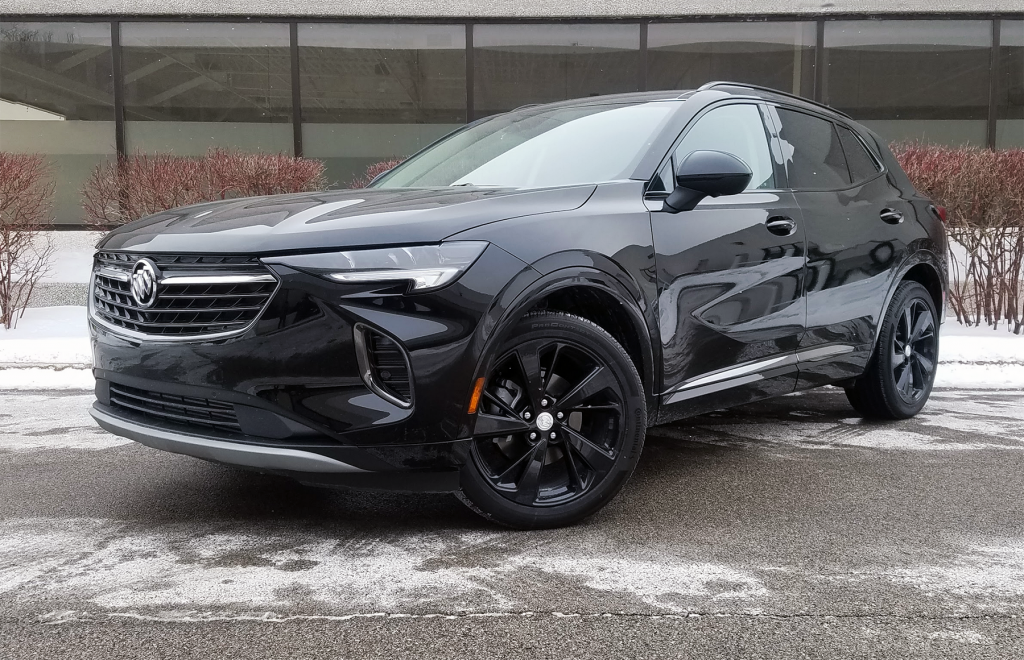
2021 Buick Envision Essence

Well, believe it or not, we’re already almost at the end of Buick’s first full model year as an SUV-only brand. The LaCrosse large sedan and Cascada convertible both said sayonara after the 2019 model year, and Buick’s last traditional passenger-car holdouts—the midsize Regal Sportback hatchback sedan and Regal TourX wagon—were dropped after the 2020 model year.
The Buick brand is now all SUV, all the time, and the newest addition to its product roster is the all-new second-generation Envision compact SUV. The redesigned Envision is built on new architecture that is 30 percent stiffer than the first-generation model, and about two inches lower and wider. And—perhaps as a tip of the cap to those departed passenger cars—the new Envision gets a healthy dose of dramatic style. In addition to its lower and wider dimensions, its crisp new bodywork picks up several cues from the well-received Buick Avista concept of a few years back.

Buick’s blackout-trim Sport Touring Package is added to the Envision option list for 2021. It includes body-color door handles, a dark grille surround and mesh inserts, moldings with a dark gloss finish, and black roof rails.
The first-gen Envision arrived on our shores for the 2016 model year as the first Chinese-built vehicle that General Motors had ever sold in North America. The new Envision is also built in China, but it’s perfectly suited to American tastes. In both size and price, it bridges the gap between Buick’s Encore and Encore GX subcompact crossovers and the 3-row midsize Enclave. And as before, the Envision is also notably less costly than the rest of the premium compact SUV category, which makes it an interesting alternative to the higher-end versions of many mainstream-brand compact crossovers.
Quick Spin: 2021 Infiniti QX50
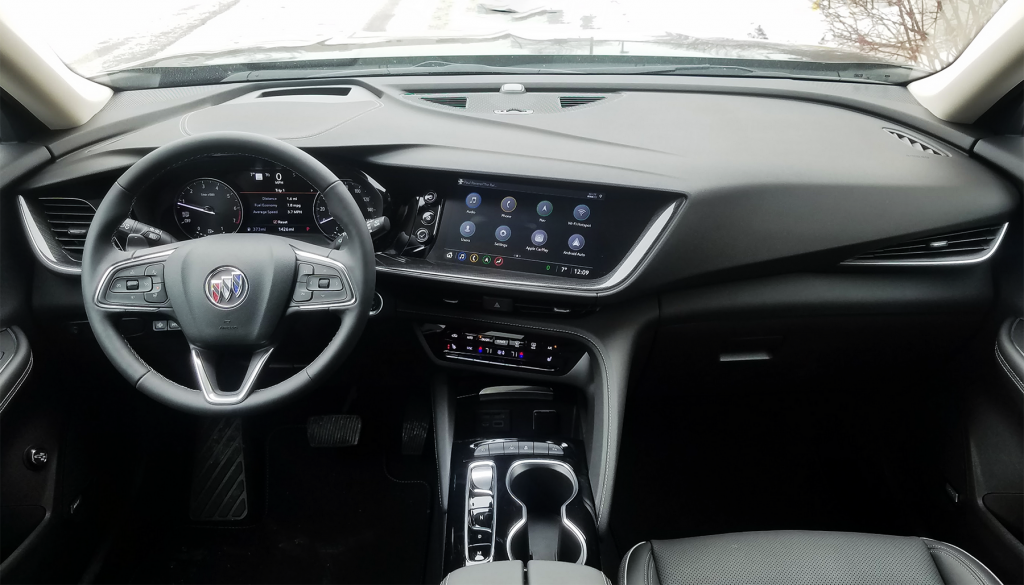
The Envision’s dashboard is styled as dynamically as its exterior, but most controls fall readily to hand. The slim center HVAC vents are tucked discreetly under the infotainment touchscreen, but they’re still effective. An air ionizer is a standard feature on Essence and Avenir models, and includes an Air Quality Indicator readout in the touchscreen.
The Envision model lineup is pared down for 2021, and now ascends through base Preferred (MSRP: $31,800), mid-level Essence ($35,800), and top-line Avenir ($40,200) trim levels. All are powered by a turbocharged 2.0-liter Ecotec 4-cylinder paired with a 9-speed automatic transmission, and all offer a choice of front-wheel drive or an active-twin-clutch all-wheel-drive system. AWD adds an $1800 price premium regardless of trim level.
Test Drive: 2021 Genesis GV80 2.5T Prestige

We’re fans of GM’s straightforward, easy-to-use infotainment systems. Large icons make it easy to select individual functions. A helpful 360-degree surround-view monitor is included in the $2500 Technology Package I option group.
All Envisions come standard with the Buick Driver Confidence Plus suite of safety features, which includes forward collision alert, automatic emergency braking with pedestrian detection, lane keep assist with lane departure warning, rear cross-traffic alert, and rear park assist. Also standard are wireless Apple CarPlay and Android Auto connectivity.
The Avenir trim is a new addition to the Envision lineup. It brings several exclusive features, including 20-inch pearl-nickel-finish wheels, a color head-up display, leather upholstery with diamond perforated inserts, unique grille-mesh pattern, Avenir badging inside and out, and an available Rich Garnet paint color. Avenirs can be further upgraded via the Technology Package II option group ($1965), which adds features such as adaptive cruise control, Continuous Damping Control adaptive suspension, Enhanced Automatic Parking Assist, a rearview-camera washer, and GM’s Rear Camera Mirror (a rearview mirror that can be switched to a video rearview-camera display).
Quick Spin: 2021 Toyota Venza Limited
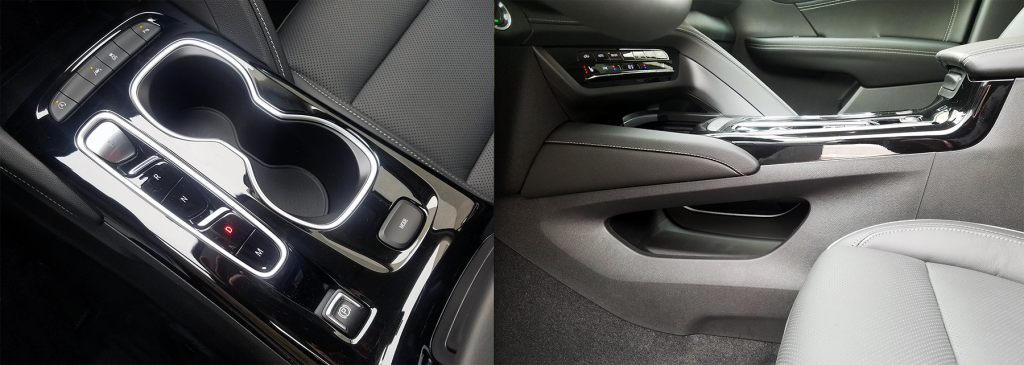
The center console houses dual cupholders, an electronic parking-brake switch, drive-mode selector button, and a push/pull-button gear selector. There’s a small open storage shelf nestled underneath the center console.
Our test vehicle was a front-drive Essence model that was equipped with the Sport Touring Package ($1325), Ebony Twilight Metallic paint ($495—as are all colors other than Summit White), and the Technology Package I ($2500). Like the Avenir trim, the Sport Touring Package is new to the Envision lineup. It’s an appearance group that adds blackout trim elements, ST badging, a rear cargo-compartment cover, and 20-inch dark-finish aluminum wheels in place of the standard 18-inch alloys. The Technology Package I adds an HD 360-degree surround-vision monitor, head-up display, a great-sounding Bose 9-speaker premium audio system, front park assist, and a full-feature Buick Infotainment system with navigation. Add in the $1195 destination charge, and the bottom-line price of our test vehicle was $41,315. As a reference point, upper-line trim levels of the Toyota RAV4 can be optioned up well past the $40K mark these days.
Quick Spin: 2020 Mazda CX-5 Signature
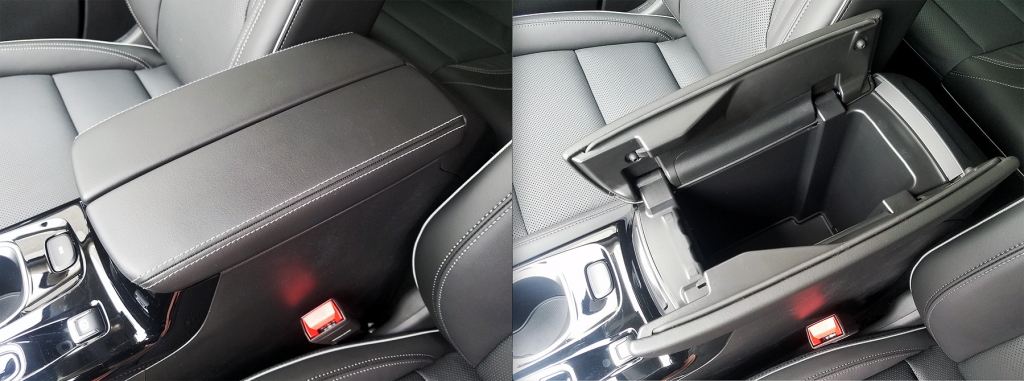
Longitudinally hinged doors open to reveal a narrow but extra-deep center-console storage bin.
In Essence trim, the Envision’s interior materials aren’t as opulent as some luxury-brand rivals, but they are quite nice for the price. Despite the satin-metal and carbon-fiber-look trim accents and grey contrast stitching, the interior ambiance of our test vehicle came off a bit monotone due to the all-black Ebony color scheme; we’d probably opt for the available Whisper Beige interior to add a bit more contrast to the cabin.
Interior small-items storage is OK—there are slim door-map pockets with bottle holders, dual center-console cupholders, a small covered bin at the base of the dash with charging ports (and a wireless charging pad, if so equipped). There’s also a small open shelf tucked underneath the front console, but it’s sized more for a handbag than a full mom-sized purse. The center-console bin has longitudinal bomb-bay-style doors that enable easier pass-back access to the second-row seats. The bin itself is rather narrow, but it’s also almost a foot deep.
Test Drive: 2020 Mercedes-Benz GLB250
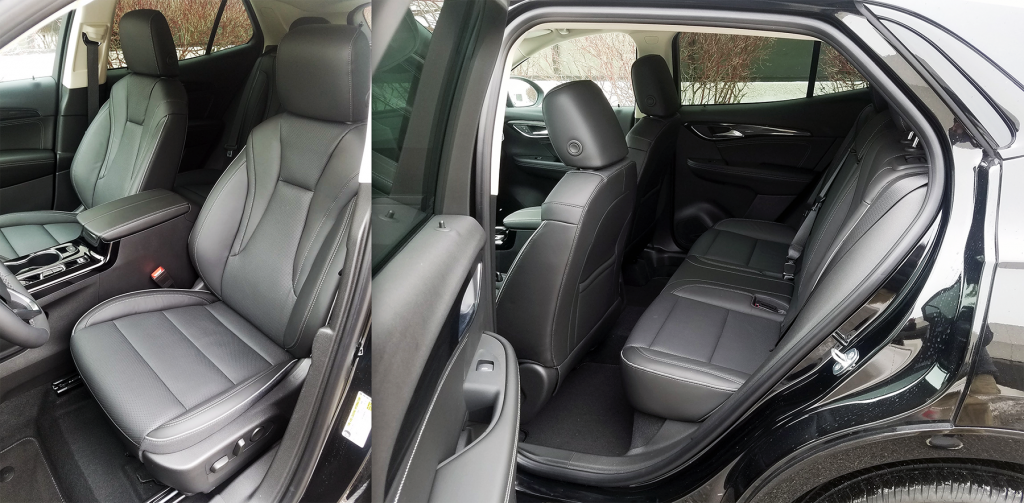
There’s good space for adults in the front and rear seats. Perforated leather upholstery is standard in Essence models.
Controls ergonomics are agreeable for the most part. The nicely designed push/pull-button gear selector uses push buttons for Park and Neutral, and “pull buttons” for Drive and Reverse; the reverse button has braille-like bumps so it can be easily identified by touch, without taking your eyes off the road.
The infotainment screen is angled slightly toward the driver, so it’s easy to see and access. We especially liked the 360-degree surround-view monitor, which provides a clear, high-resolution view that activates automatically at low speeds when approaching obstacles. We also appreciated the physical power/volume and tuning knobs (as opposed to touch-sensitive or virtual controls), but those knobs situated far enough left on the dashboard that they can be an awkward reach around the steering wheel for some drivers. Thankfully, there are redundant controls on the back of the steering wheel itself. The clearly marked climate controls are easy to locate and use when driving—especially the flipper-style buttons for the heated seats, dual-zone temperature settings, and fan speed.
Test Drive: 2020 Jeep Cherokee Limited
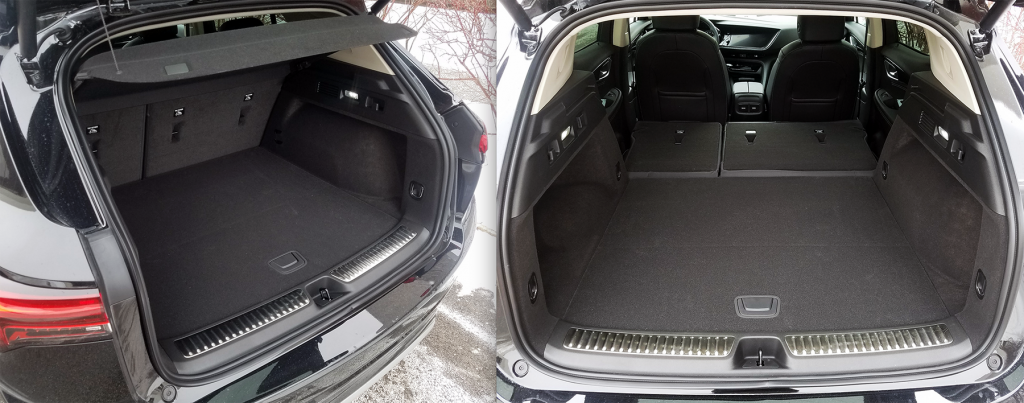
The Envision’s cargo area isn’t tops in its class in terms of outright volume, but it’s nicely laid out and easy to access via the height-adjustable hands-free power liftgate (which is standard on Essence models).
There’s good room in the front seats, even for big and tall occupants. In fact, your writer is 6’6”, and he had to move the driver’s seat forward a bit from the fully aft position (his usual setting) to get comfortable behind the wheel. Rear-seat passenger room isn’t outstanding for the class, but it’s good enough for an average-sized adult to sit in comfort behind an average-sized adult in the front row. Our test vehicle wasn’t equipped with the available panoramic sunroof, but we suspect that the sunroof’s housing might steal a bit of headspace for extra-tall occupants. Rear-seat passengers get dual HVAC vents and a USB and USB-C charging ports in the center console, but unfortunately the rear seat backs don’t recline, and the seating position is a bit on the upright side.
Quick Spin: 2020 Subaru Outback Touring XT
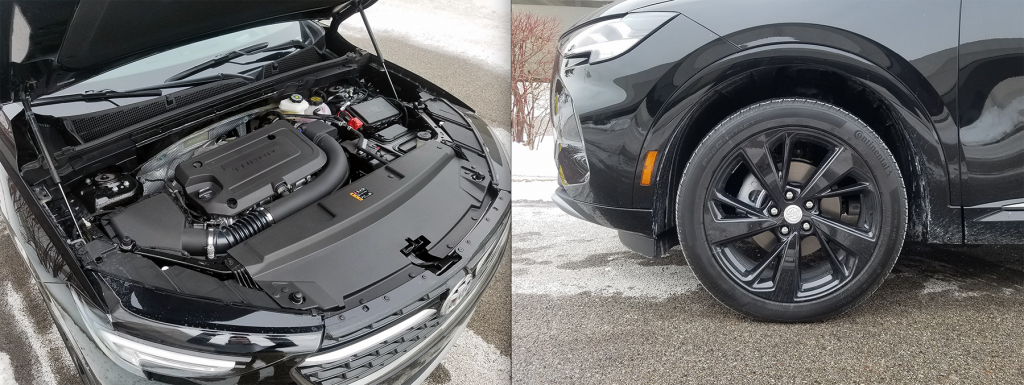
The Envision’s sole powertrain is a turbocharged 2.0-liter 4-cylinder that makes 228 horsepower and is paired with a 9-speed automatic transmission. Dark-finish 20-inch wheels are included in the Sport Touring Package.
The rear seats fold perfectly flat to the cargo floor in a 60/40 split to create a smooth, level load surface. Outright cargo volume is less than the previous-gen Envision, however, as well as most class rivals—there’s 25.2 cubic feet of space behind the second-row seats, which grows to 52.7 cubic feet of cargo space with the second-row seats folded.
Test Drive: 2020 Volkswagen Tiguan R-Line

The new Envision has a lower, wider, “swoopier” profile than its predecessor.
The Envision’s 2.0-liter four uses a twin-scroll turbocharger and makes 228 horsepower and 258 pound-feet of torque—enough for satisfyingly peppy acceleration with minimal turbo lag. The alert transmission downshifts promptly to quickly deliver added “go” when called upon. Though the shifts themselves feel smooth, they are quite audible, which adds to the athletic feel of the powertrain.
The Envision receives Buick’s QuietTuning measures—which include active noise-cancellation technology, dual-pane window glass, and sound-absorbing acoustic materials—as standard, so the cabin is respectably quiet overall. The engine groans a bit at idle and at low speeds, but the exhaust note rises to a fairly sophisticated growl in fast acceleration.
The Envision’s handling is crisp and capable, if not outright invigorating. The standard 5-link rear suspension delivers relatively nimble moves, but some of our testers thought the steering felt overboosted and didn’t offer enough road feel or feedback in spirited driving. However, the steering also felt especially quick and effortless in low-speed, close-quarters maneuvering. The ride quality is OK, but the Envision is a bit more “active” over rough pavement in around-town driving than some of our testers prefer—there’s some “thunkiness” and side-to-side motions over sharp bumps. However, the ride smooths out nicely at highway speeds. We’re anxious to test an optioned-up Avenir model to see if the Continuously Damping Control suspension smooths out those around-town bumps and pavement imperfections.
We put 302 miles on our test vehicle in testing that consisted of about 75 percent city driving, and we averaged 21.1 mpg. That’s well below the EPA estimates, which are 24 mpg city/31 highway/26 combined, but the extra-frigid temperatures and blizzard-level snowfall in our Chicagoland environs likely conspired to bring our economy numbers down.
In terms of its overall dimensions and price point, the Envision hits a real sweet spot in the compact-SUV marketplace. With the added features and dynamic new looks of the redesigned 2021 model, that sweet spot just got a bit sweeter.
Test Drive: 2020 Acura MDX A-Spec
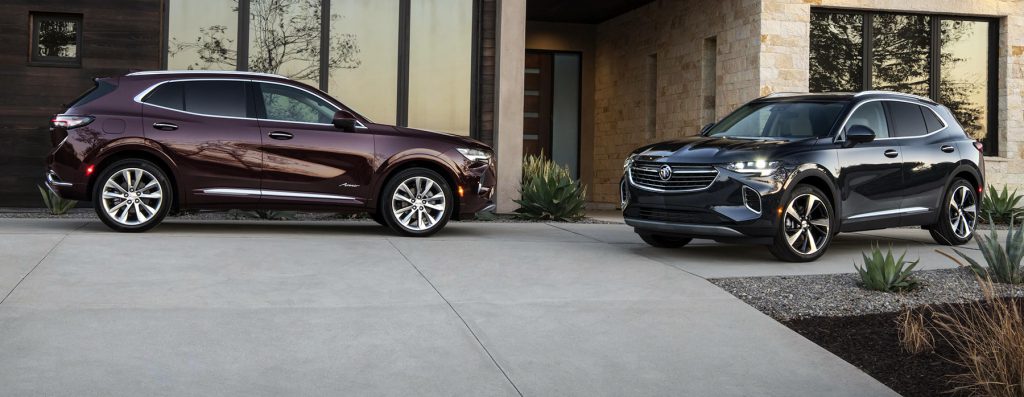
With its striking new styling, pleasant road manners, new features, and new Avenir luxury trim level (left), the redesigned 2021 Buick Envision makes a strong case for itself against both luxury-brand and mainstream-brand rivals.
Follow Damon on Twitter
Listen to the Consumer Guide Car Stuff Podcast
2021 Buick Envision Essence Gallery
(Click below for enlarged images)
Consumer Guide Car Stuff Podcast, Episode 57; 2021 Consumer Guide Best Buys
Written by: Damon Bell on February 24, 2021.
For GREAT deals on a new or used Toyota check out Toyota of Orange TODAY!
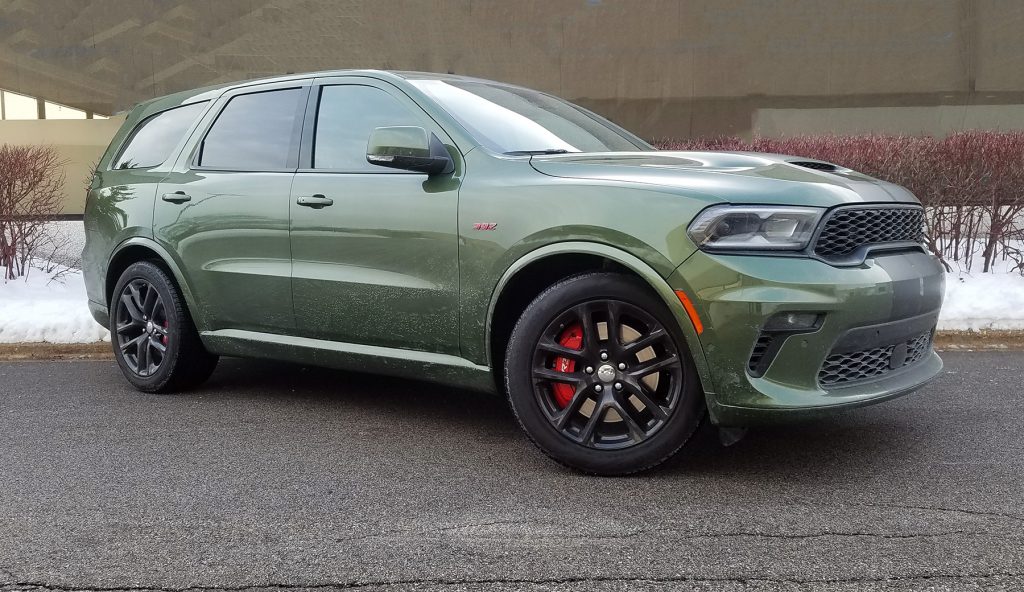
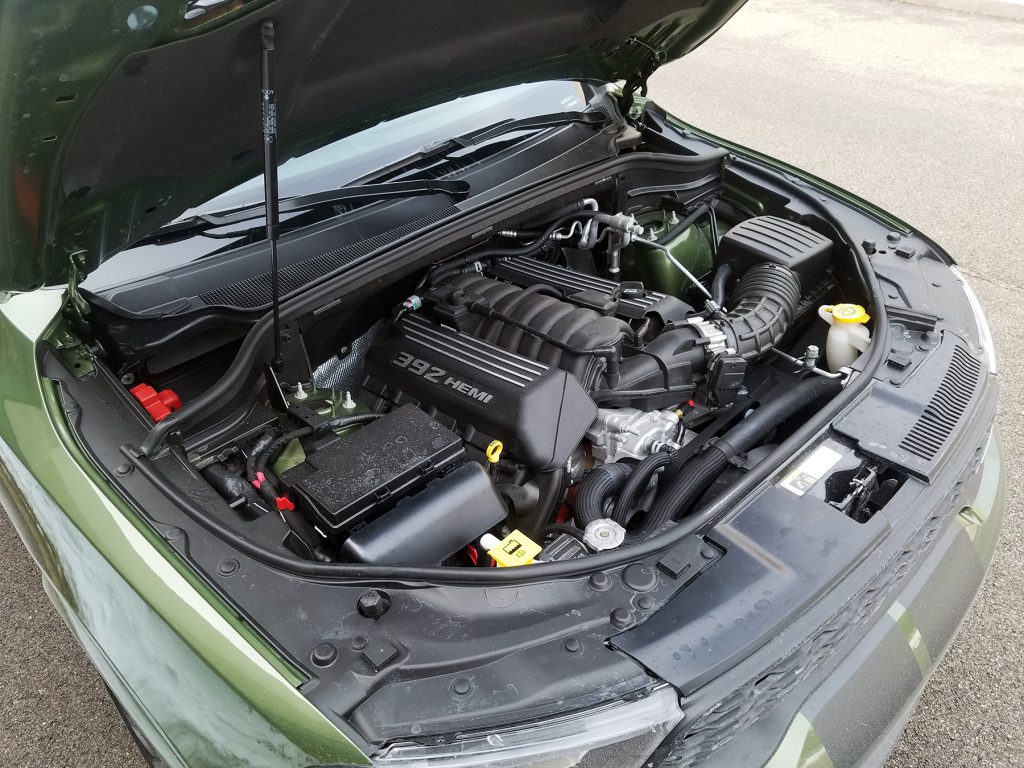
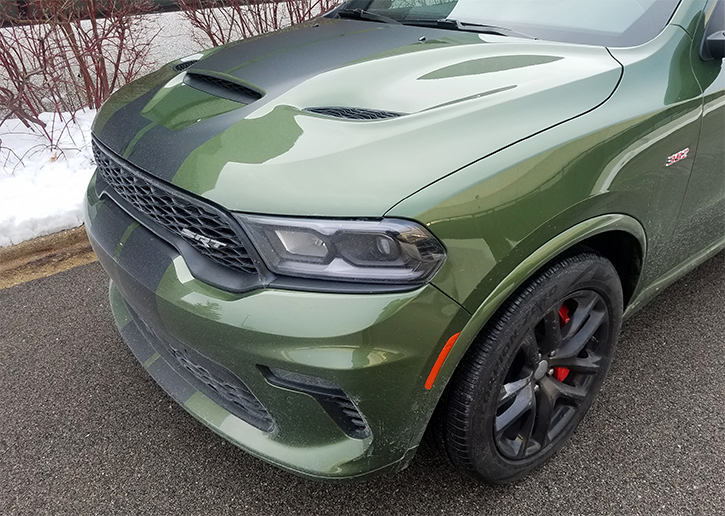

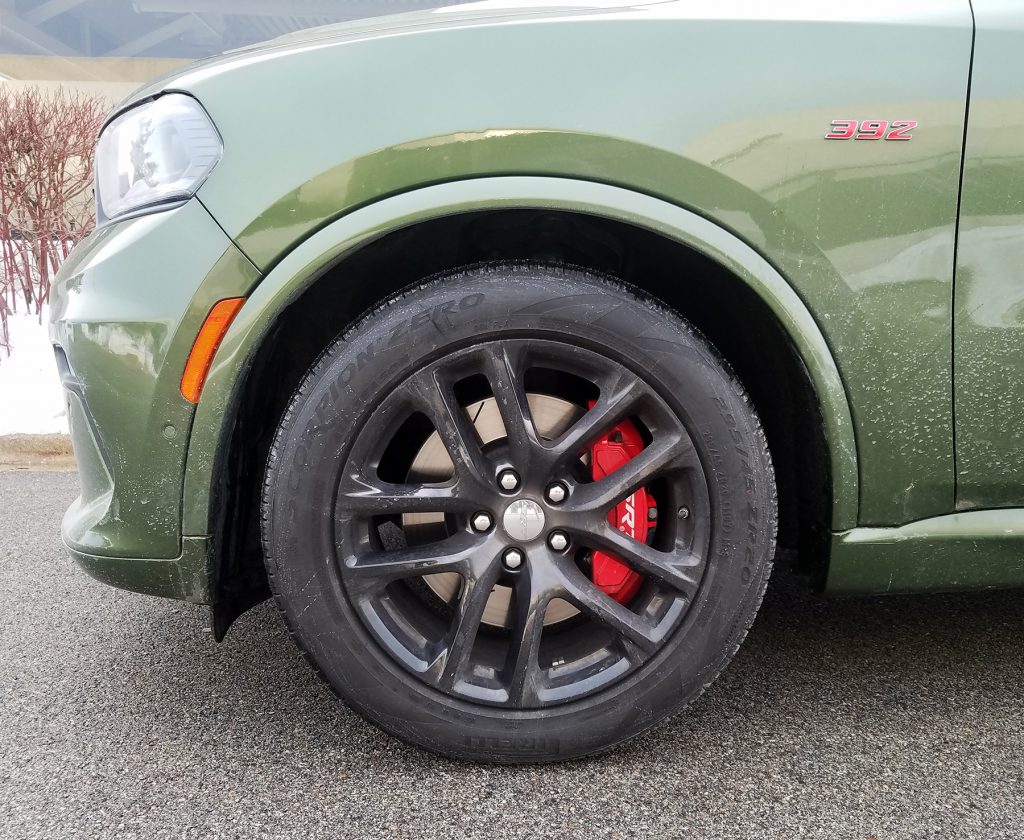

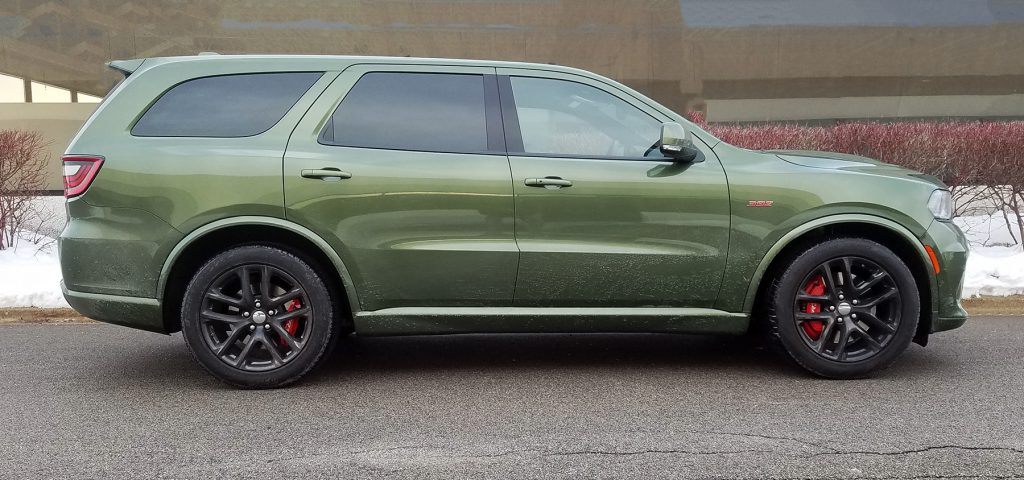
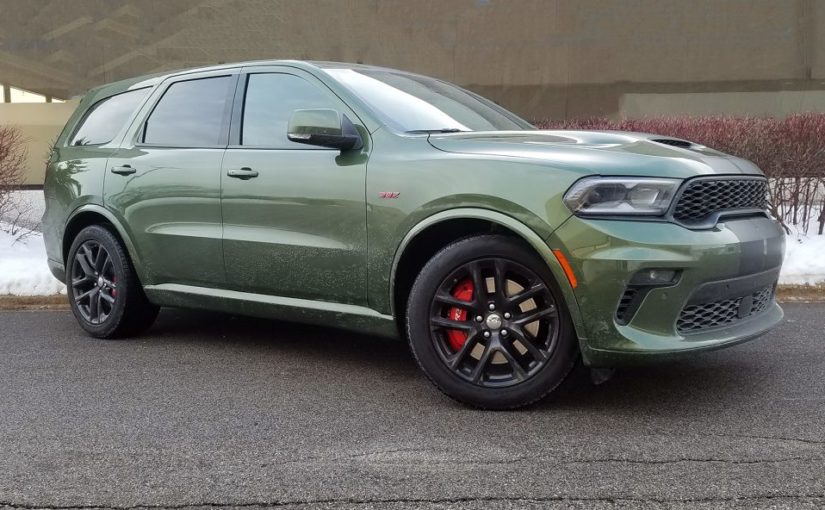
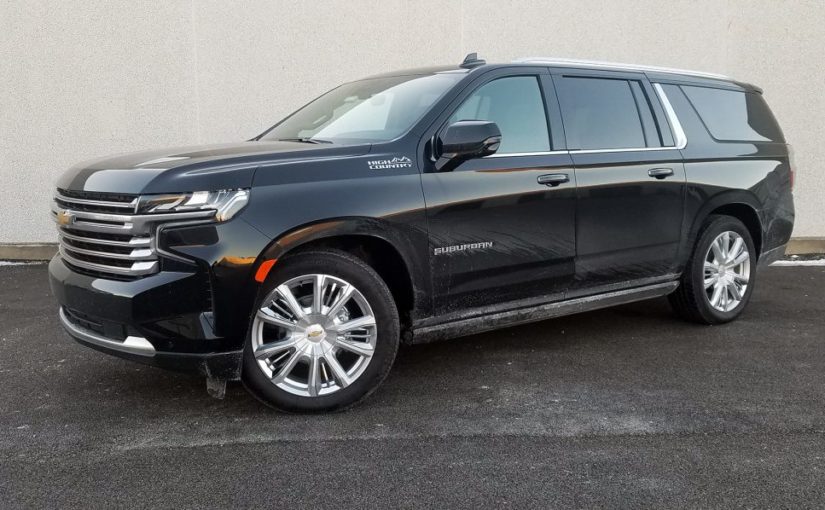
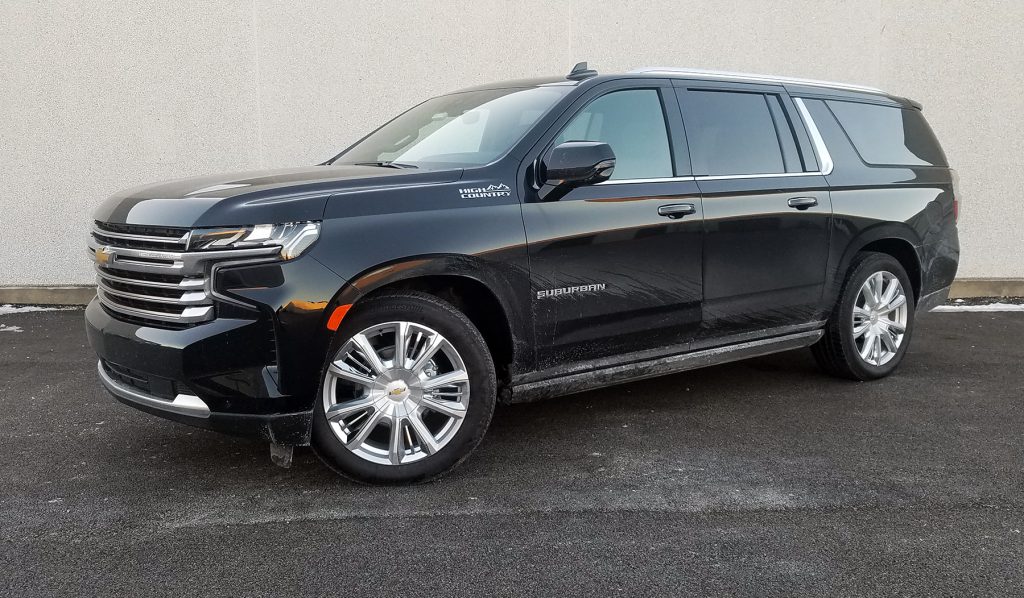


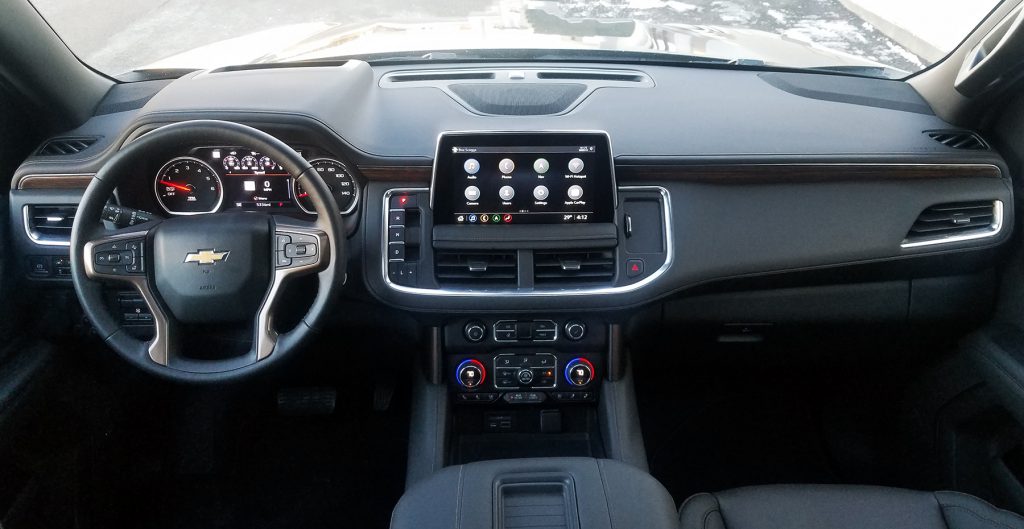

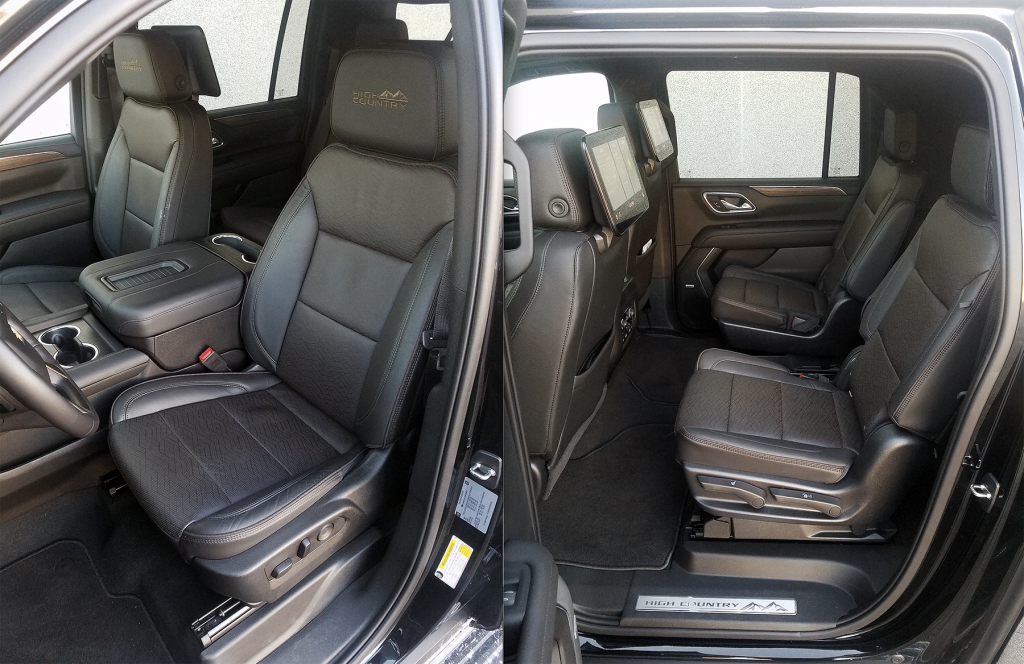
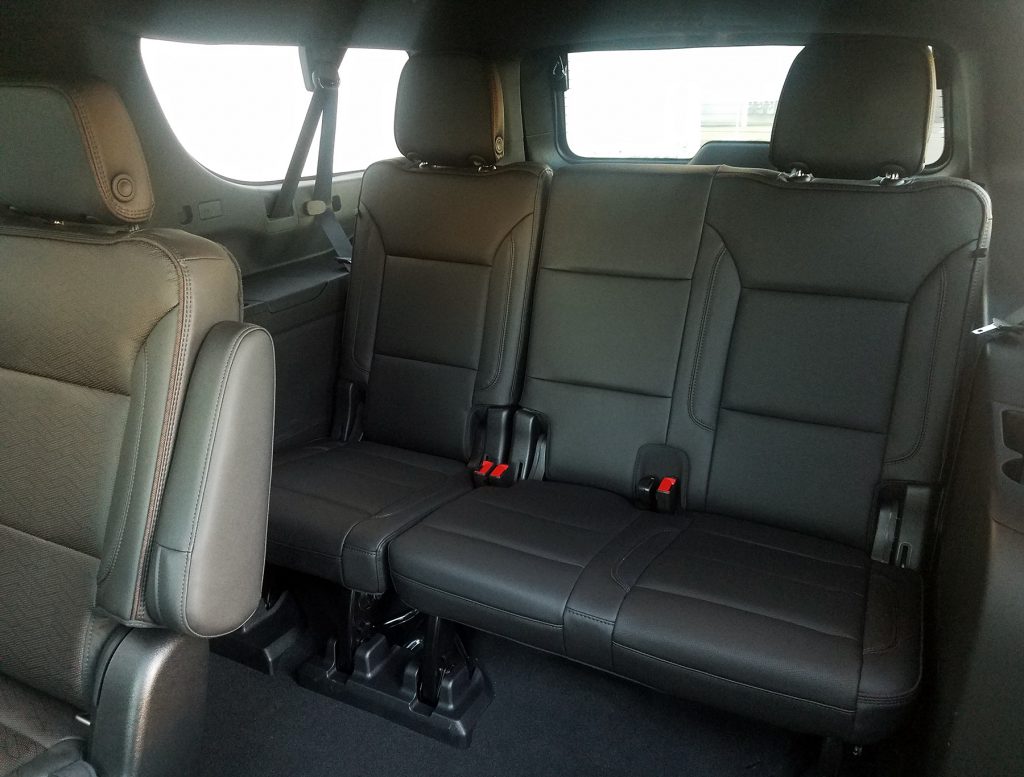
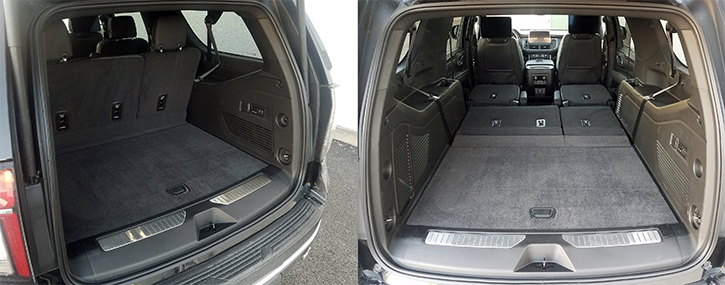

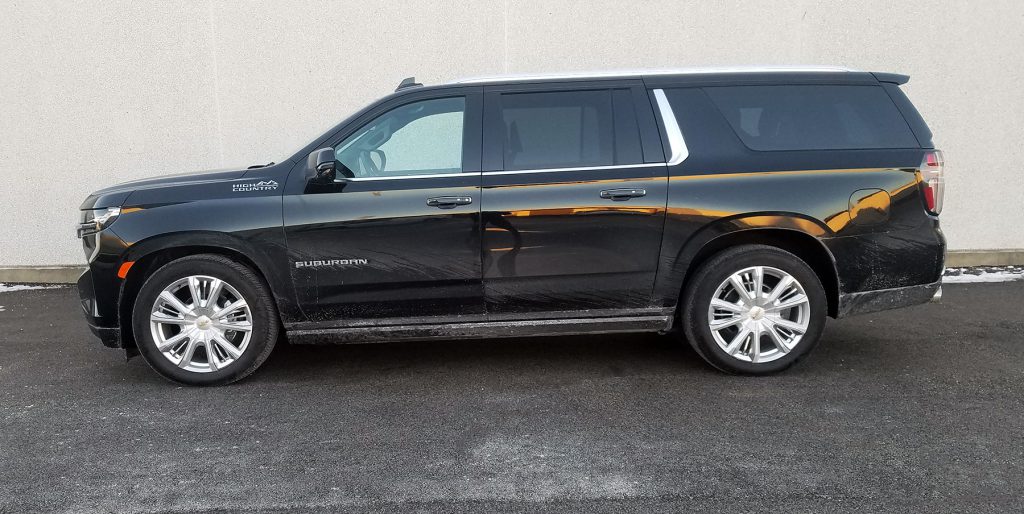
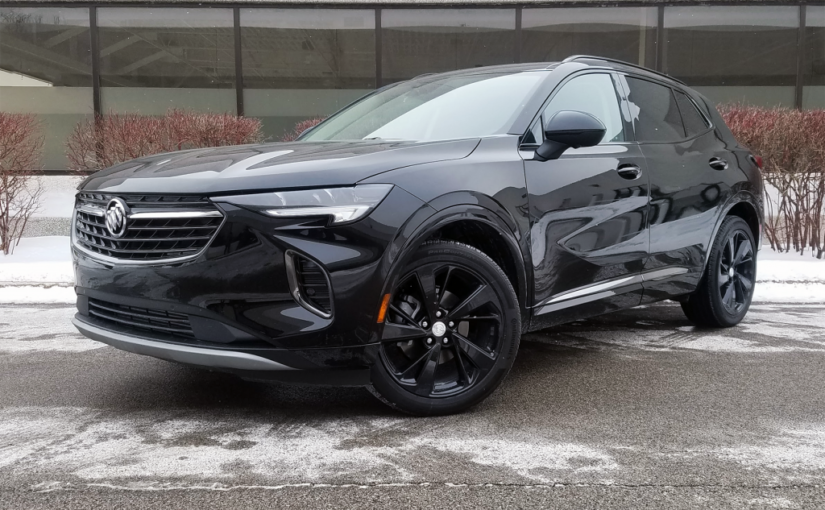












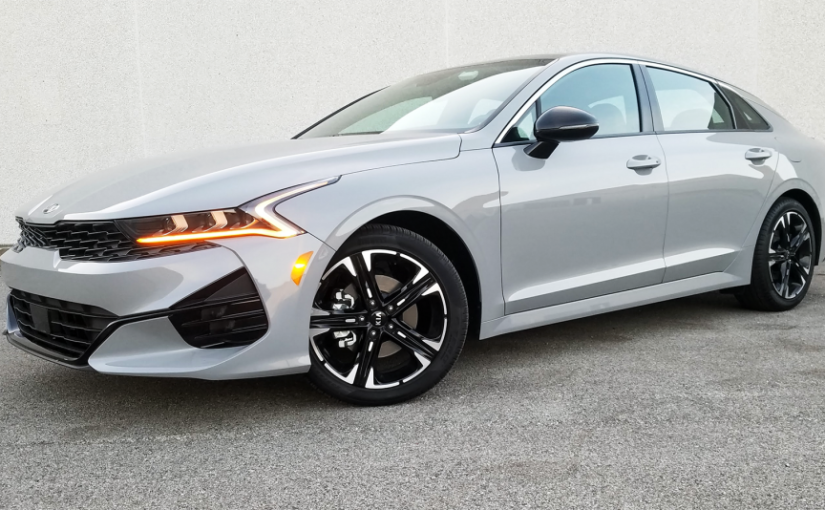
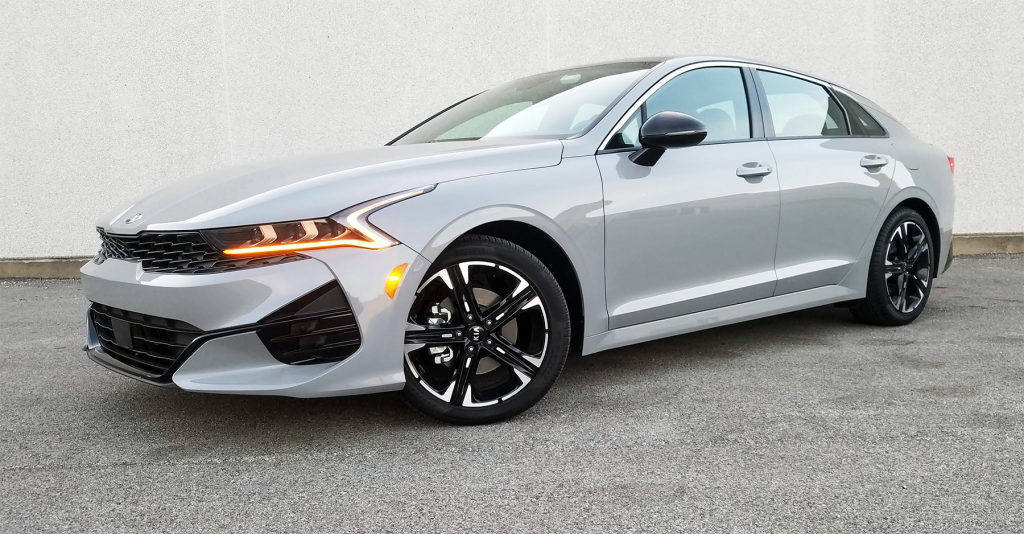

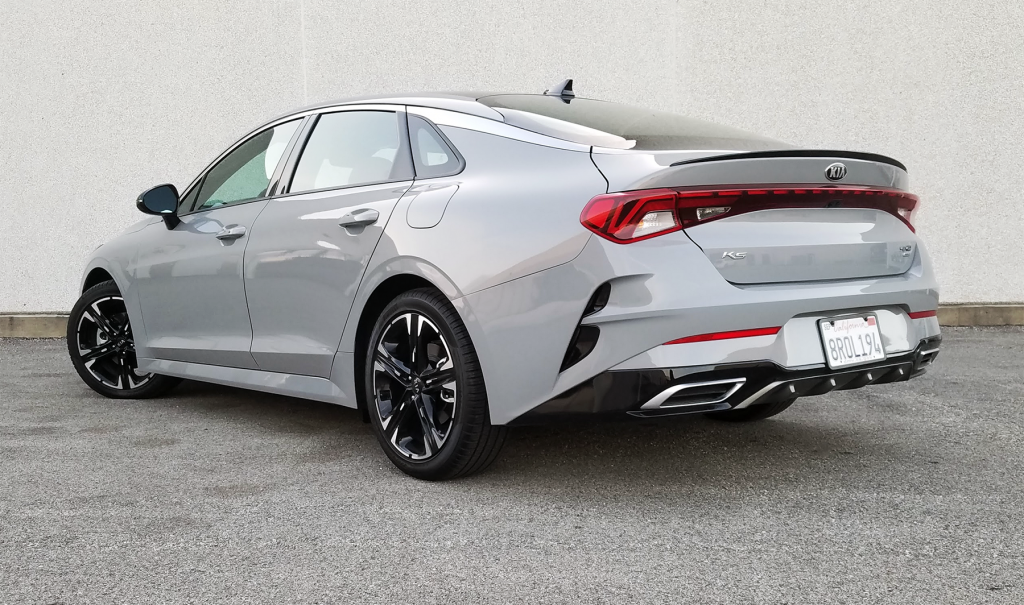
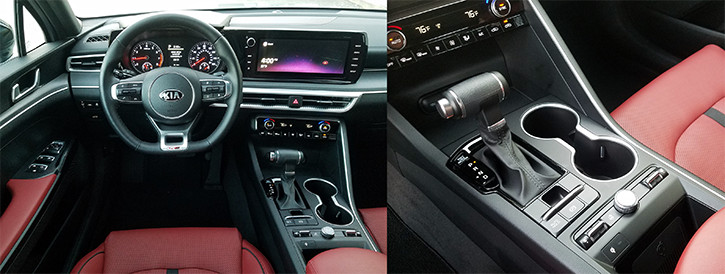
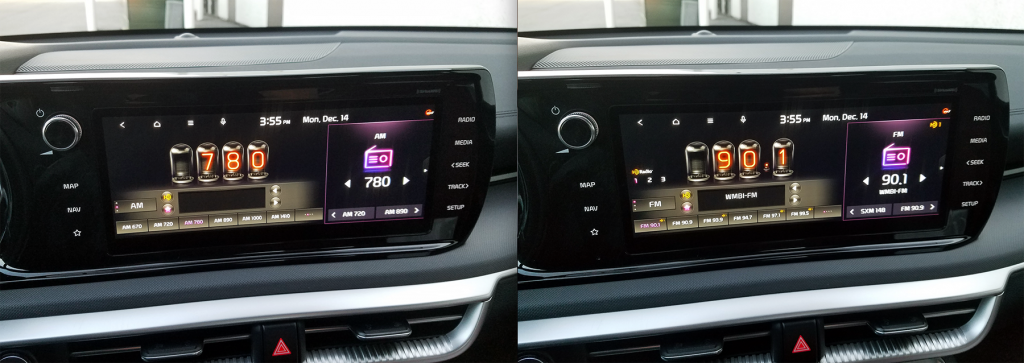
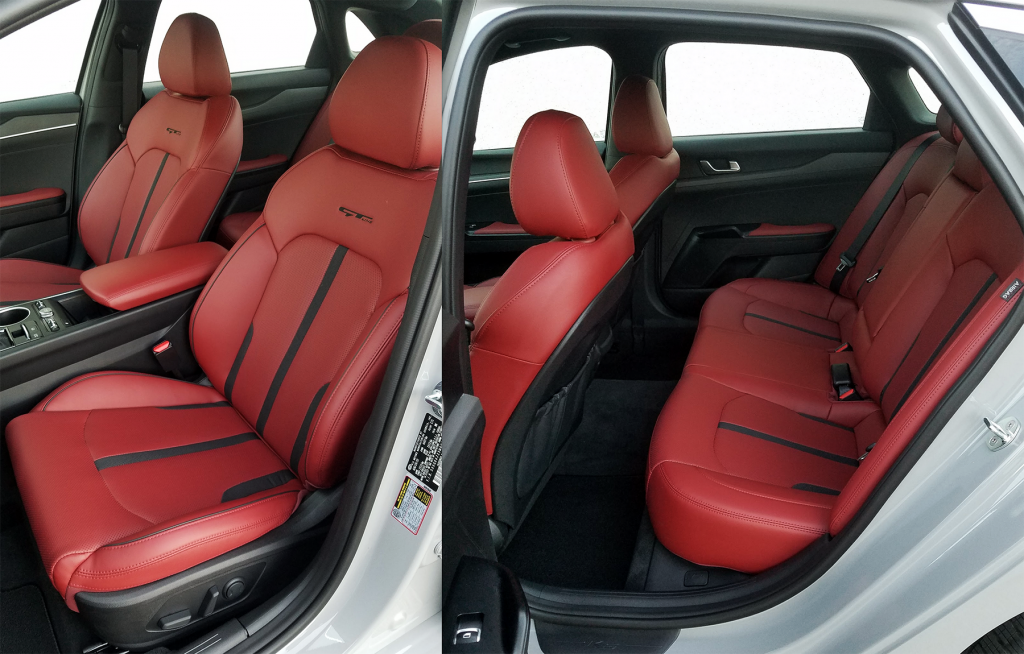
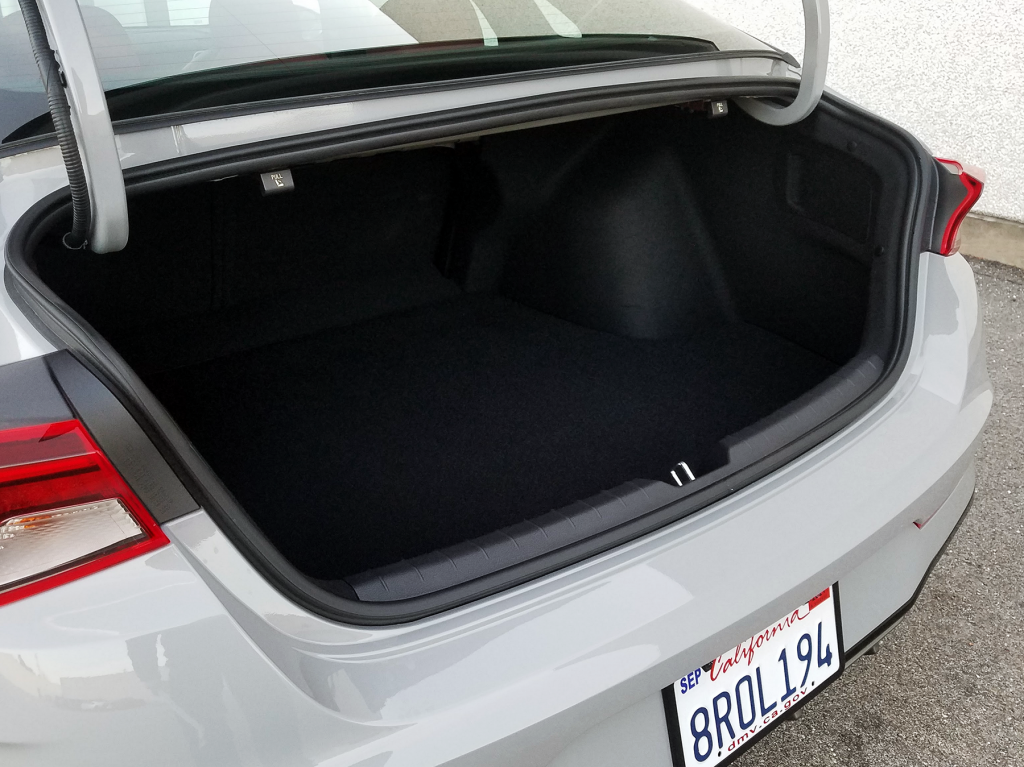
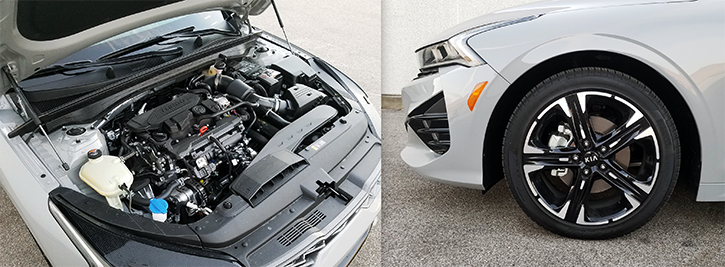
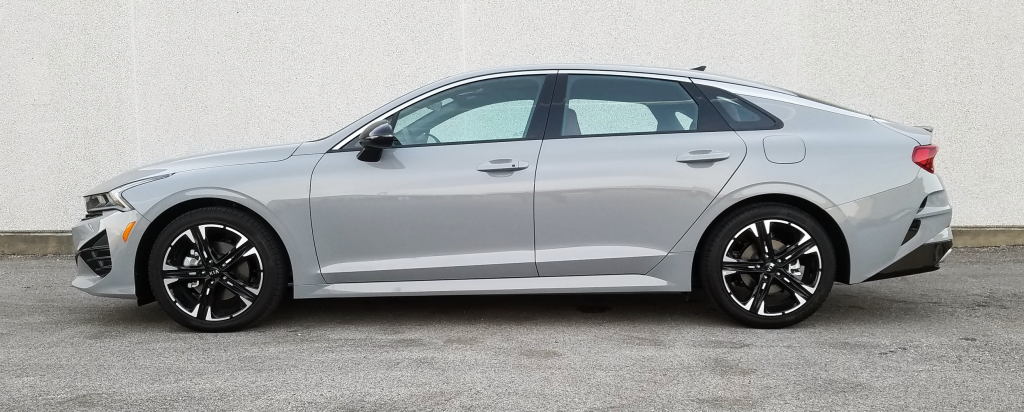
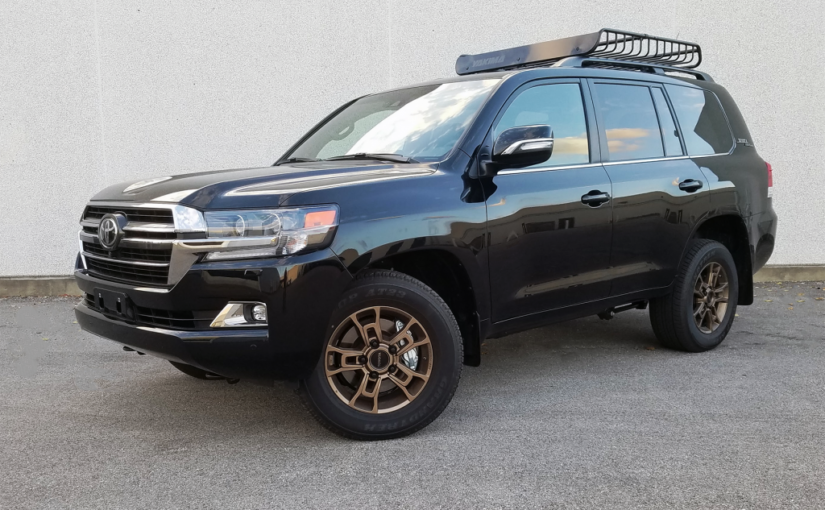
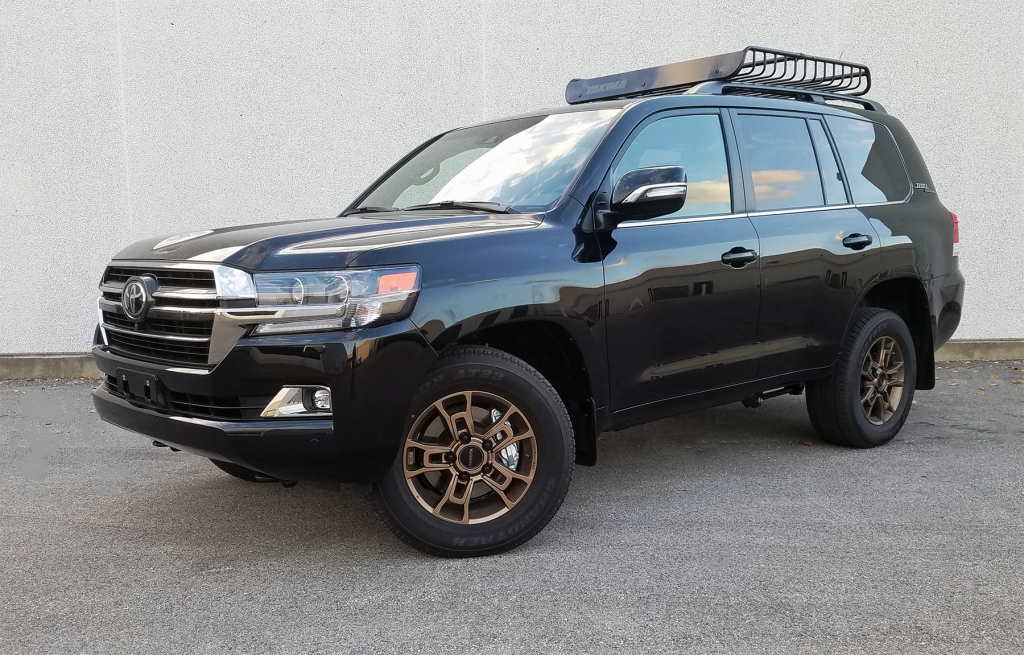

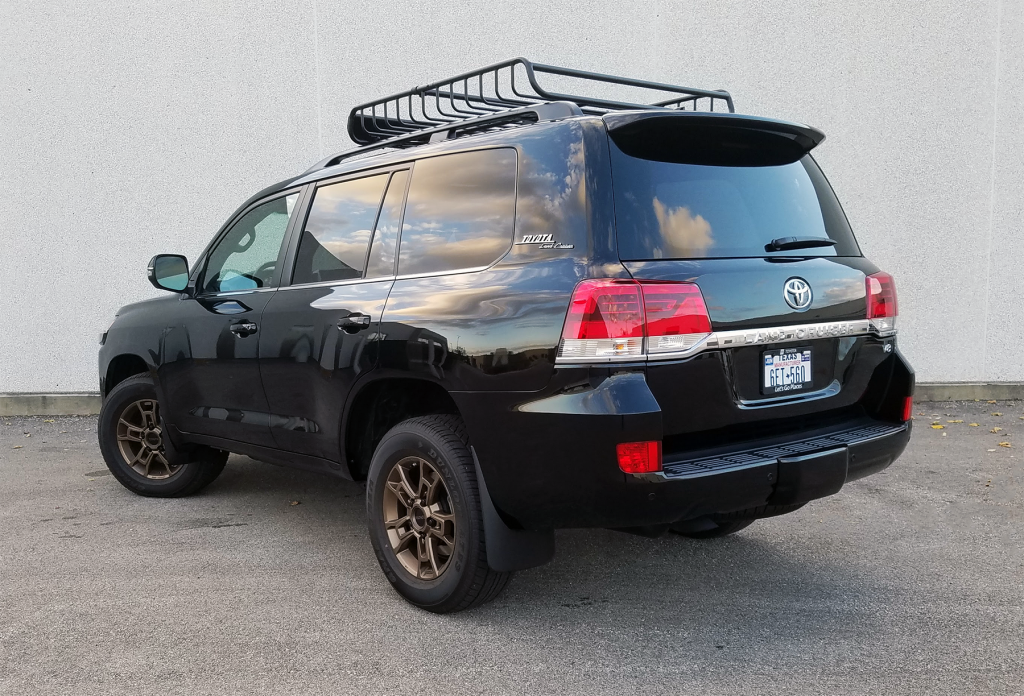
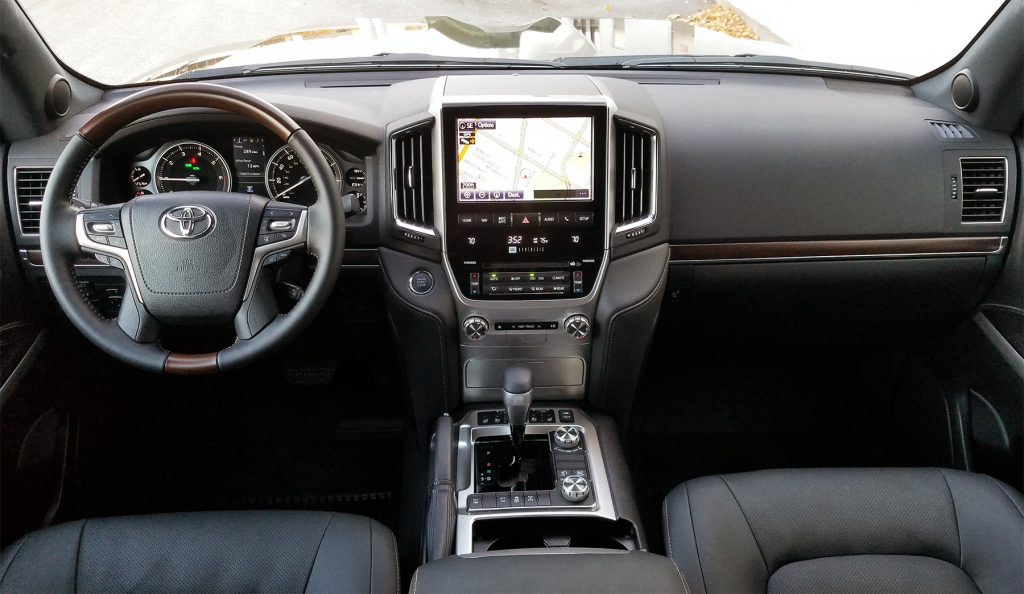
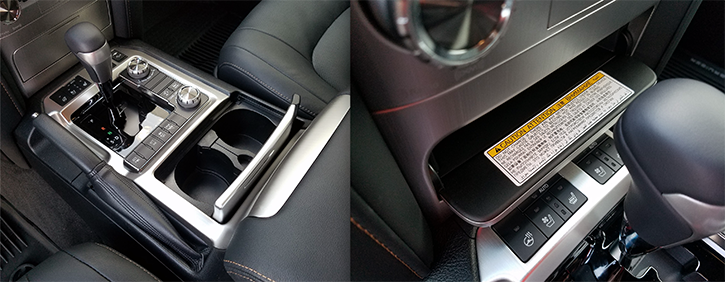
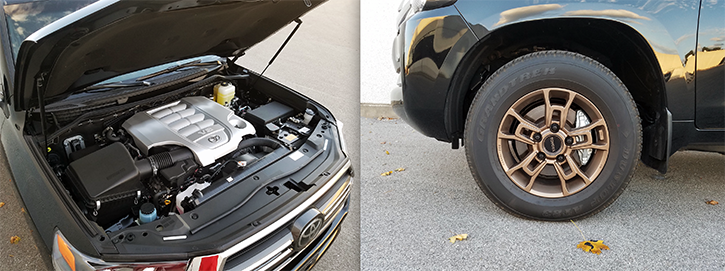
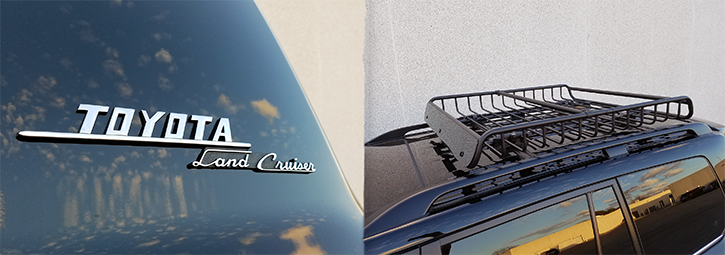
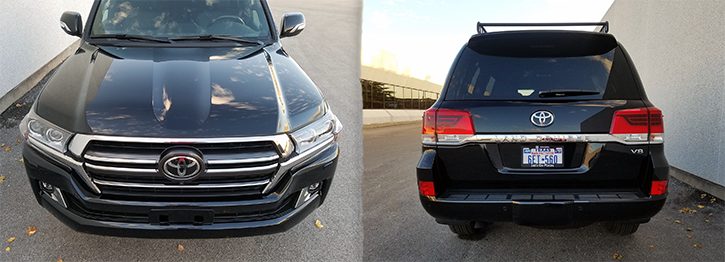

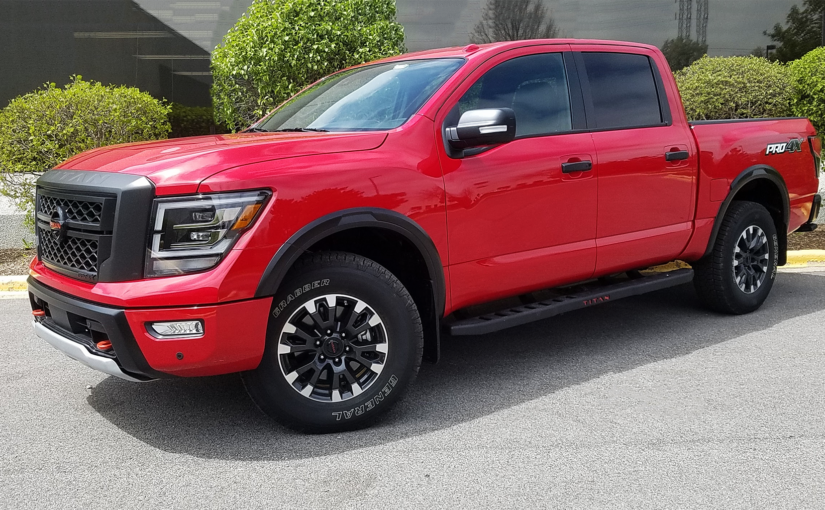
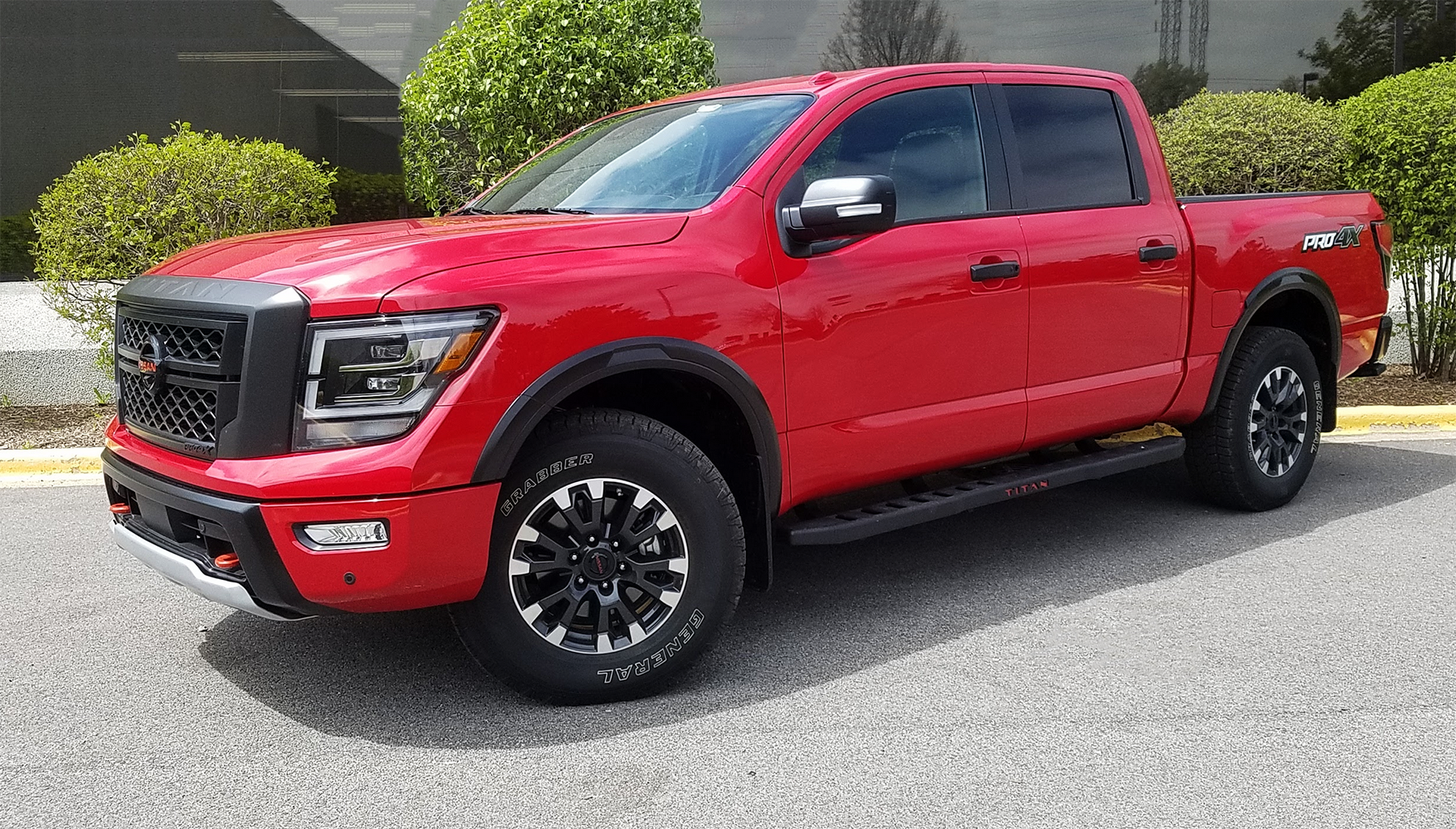

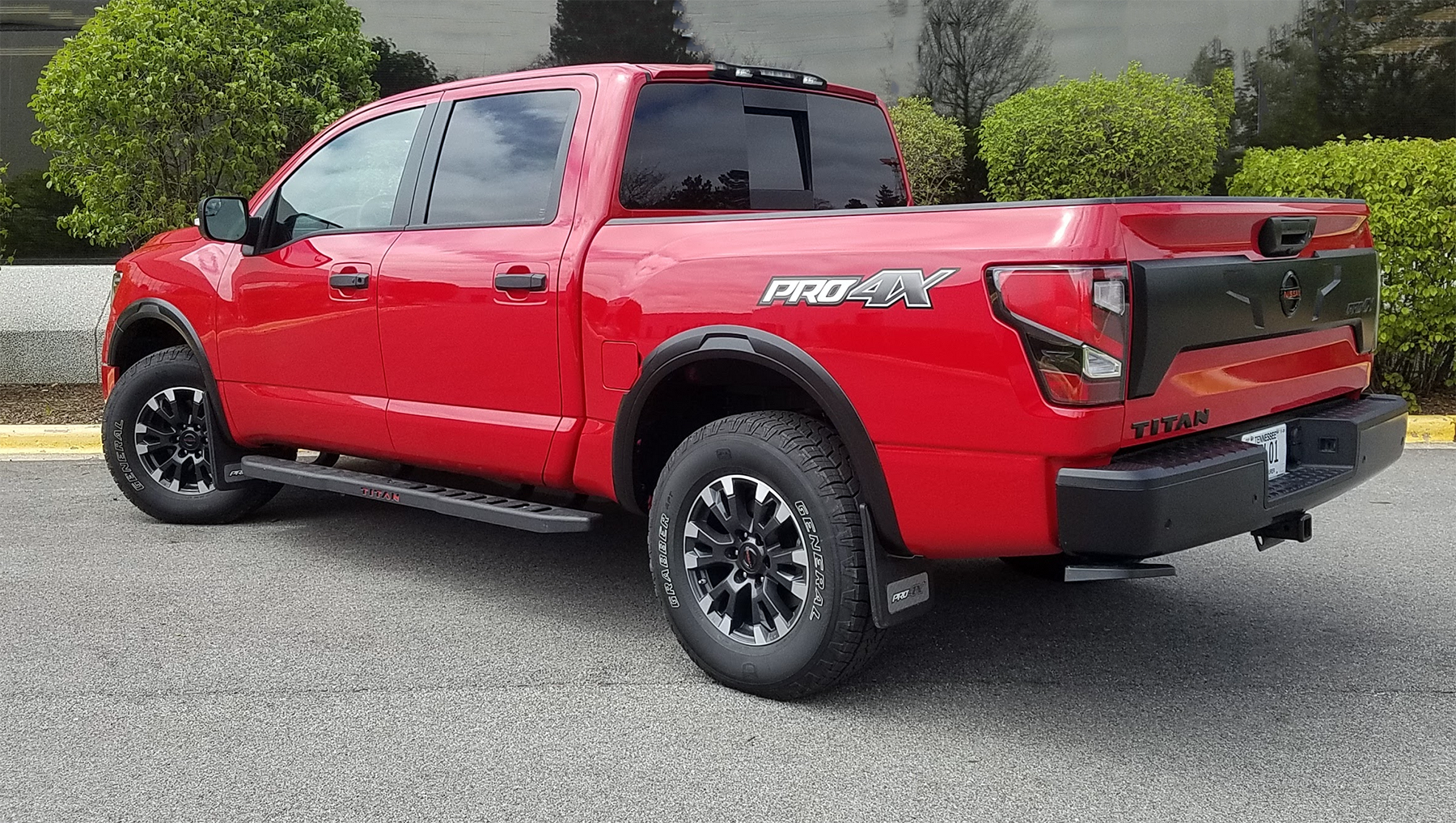



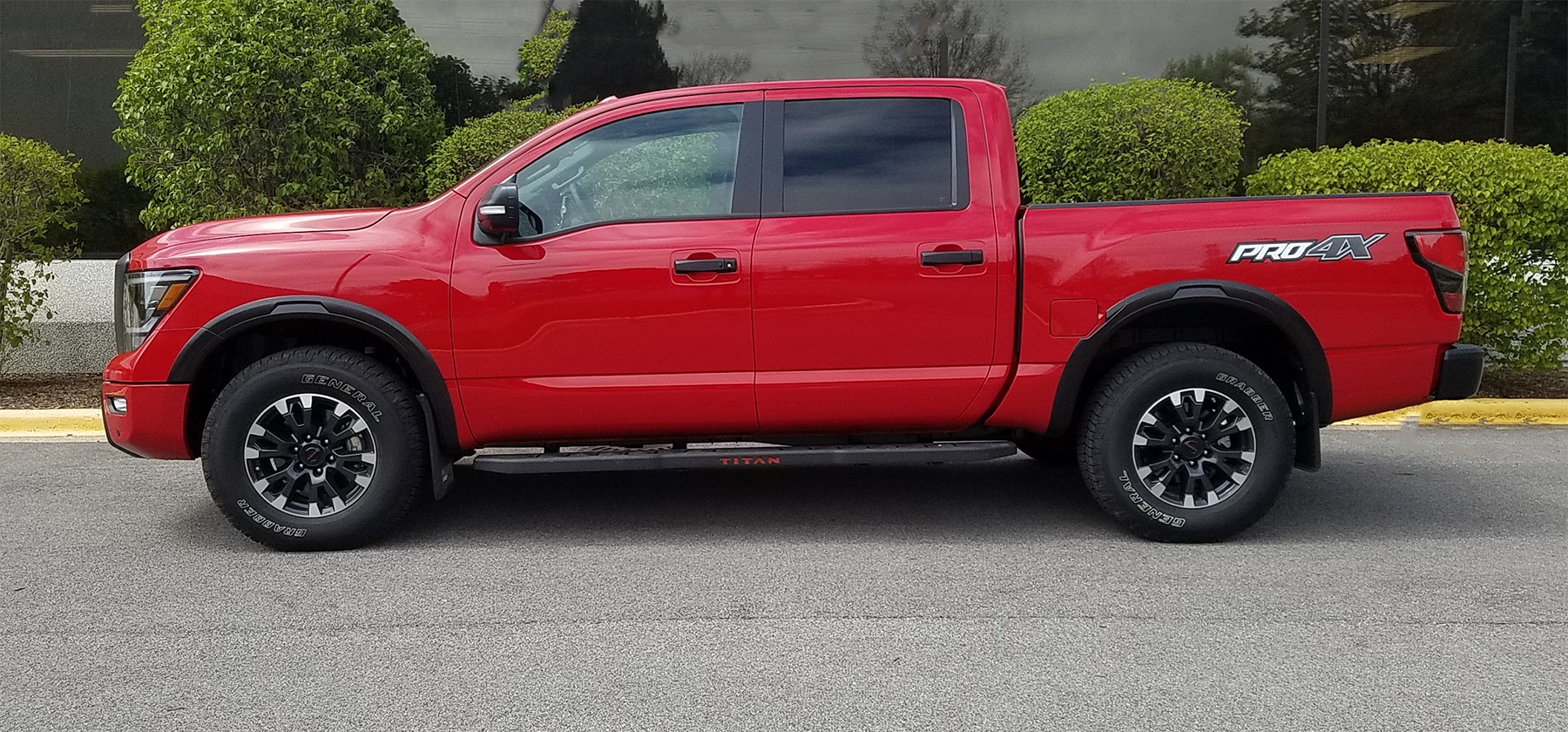










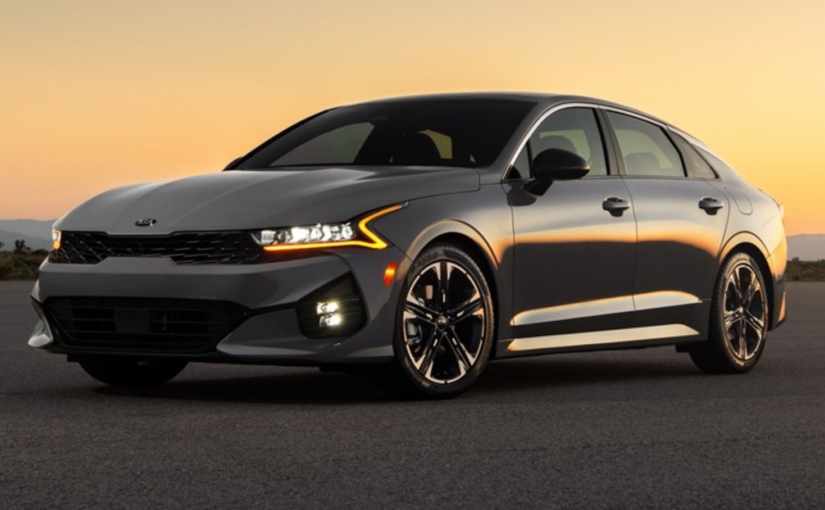
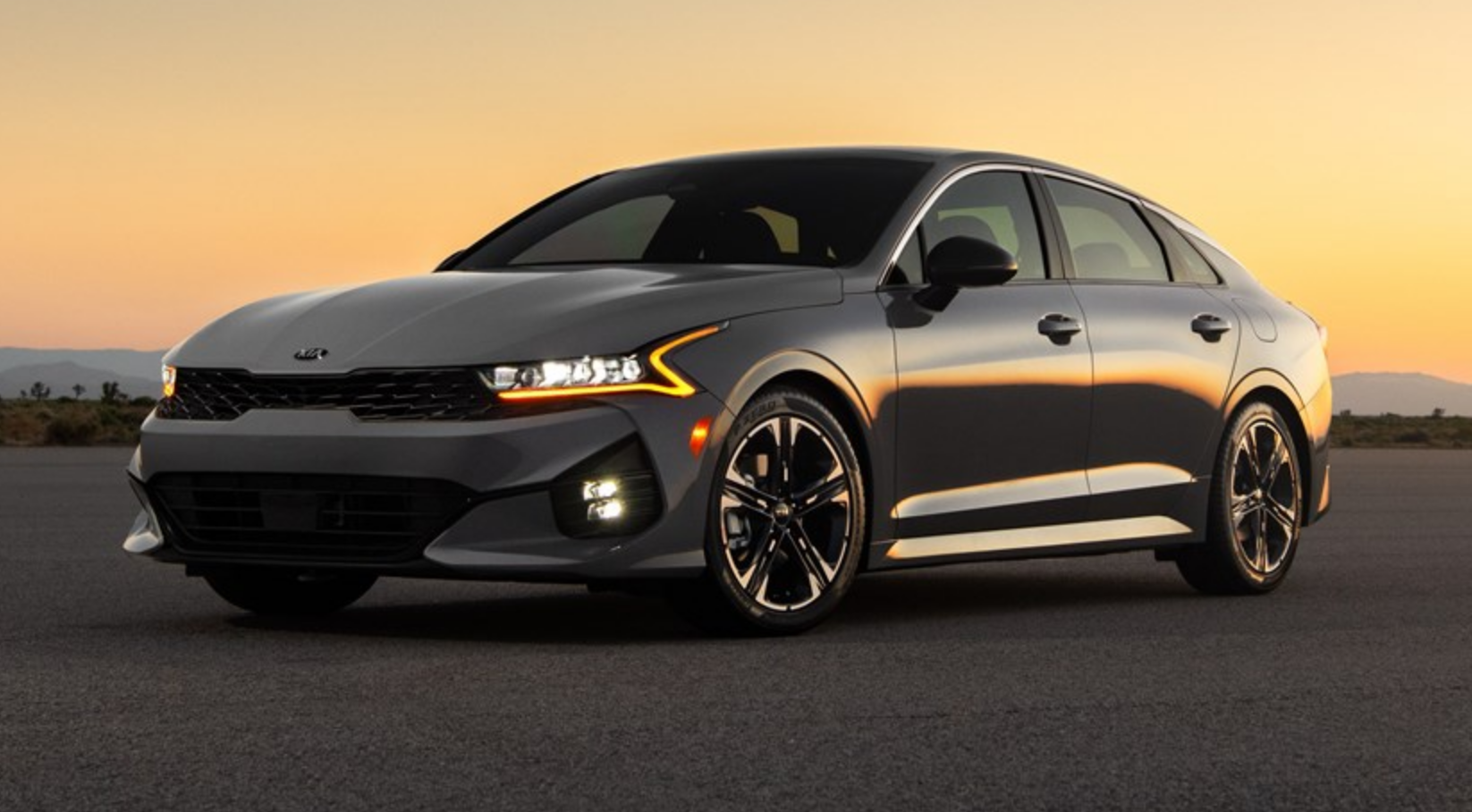
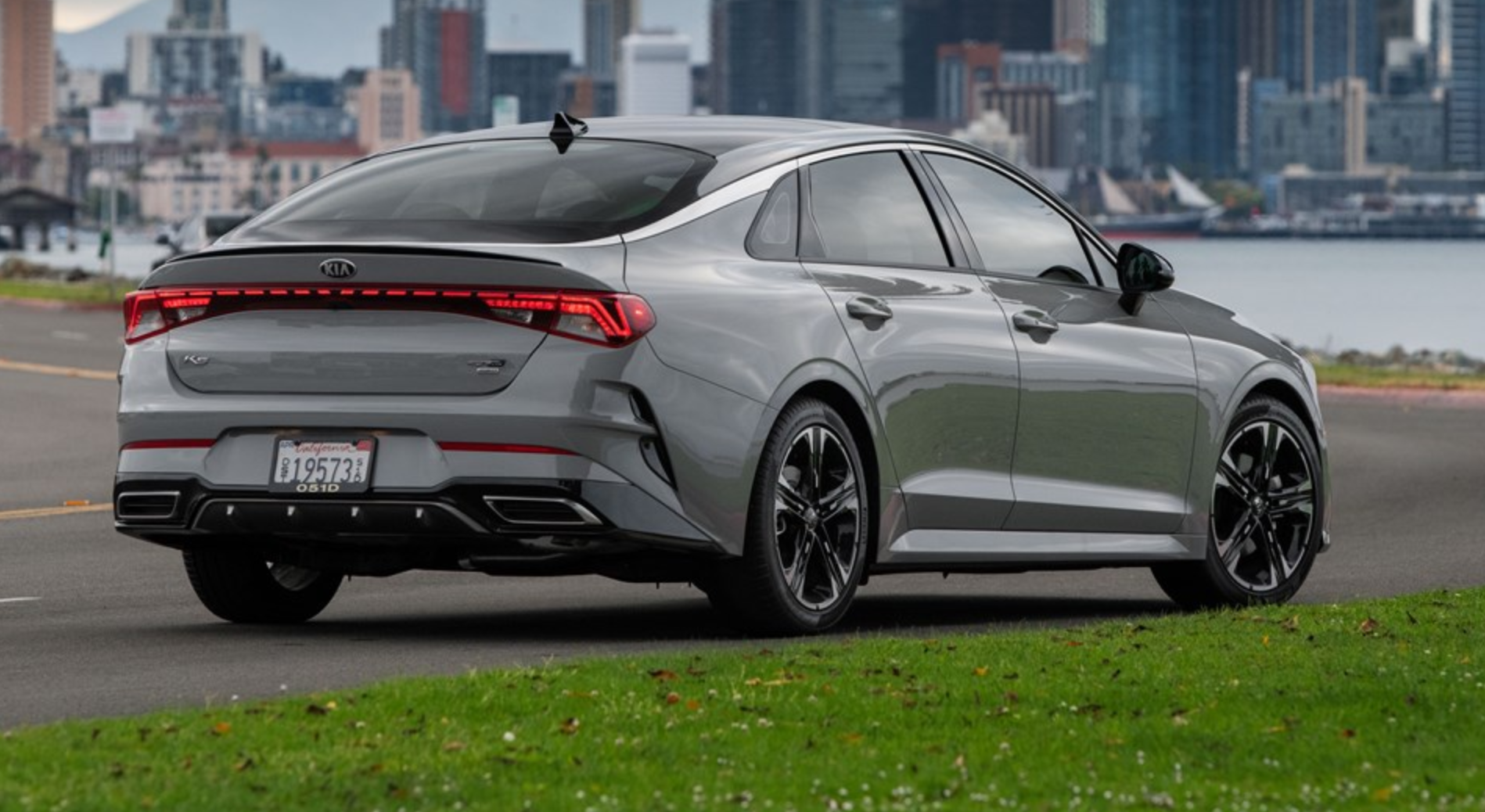
 The base engine, which comes in LX, LXS, GT-Line, and EX models, is a turbo 1.6-liter 4-cylinder that makes 180 horsepower and is paired with an 8-speed automatic transmission. Optional on LXS and GT-Line is all-wheel drive in place of the standard front-wheel drive. The AWD system (the first offered in Kia’s midsize sedan) comes with a snow mode for better all-weather performance.
The base engine, which comes in LX, LXS, GT-Line, and EX models, is a turbo 1.6-liter 4-cylinder that makes 180 horsepower and is paired with an 8-speed automatic transmission. Optional on LXS and GT-Line is all-wheel drive in place of the standard front-wheel drive. The AWD system (the first offered in Kia’s midsize sedan) comes with a snow mode for better all-weather performance.